Sometimes, out of the ashes of a disaster, we see not only an area reborn, but something with much greater impact many years later.
On Aug. 21, 1883, 142 years ago today, at least three strong tornadoes tore across parts of southeast Minnesota.
One of these tornadoes plowed through what was the north side of Rochester, Minnesota.
Over 135 homes in the city were destroyed and another 200 were damaged, according to the National Weather Service. Mayor Samuel Whitten estimated one-third of the city was "laid to waste," including a bridge torn from its moorings, according to the Minnesota Historical Society.
At least 37 were killed and 200 others were injured, but this death toll may have been higher if residents hadn't heard the loud roar of the twister as it approached, in an era many decades before tornado warnings and radar.
On the ground for 25 miles, this tornado was estimated at F5 intensity by tornado historian Thomas Grazulis. It remains one of only two F5/EF5-rated August tornadoes in U.S. history (the Aug. 28, 1990, Plainfield, Illinois, tornado is the other).
Dr. William Worrall Mayo and his two sons narrowly survived the tornado when they took shelter in a blacksmith shop. Rochester did not have a hospital at the time, so the injured were taken to Mayo's office, a hotel, city hall and a convent.
The next morning, the city quickly created a stopgap emergency central hospital. That later inspired the construction of Saint Mary's Hospital, for which the Mayos collaborated before a separate building in 1914, named the Mayo Clinic, was built.
Today, the Mayo Clinic is widely considered one of the world's leading medical institutions.
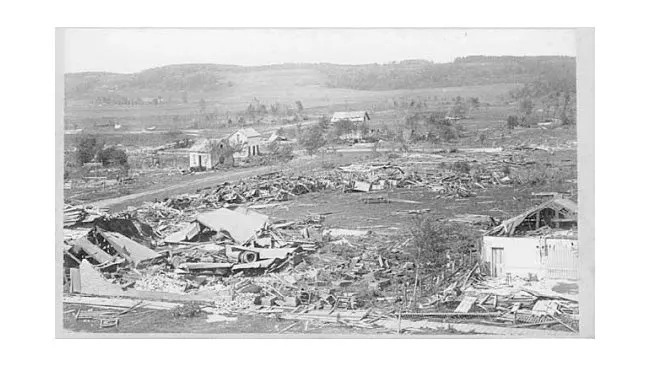
Jonathan Erdman is a senior meteorologist at weather.com and has been covering national and international weather since 1996. Extreme and bizarre weather are his favorite topics. Reach out to him on Bluesky, X (formerly Twitter) and Facebook.
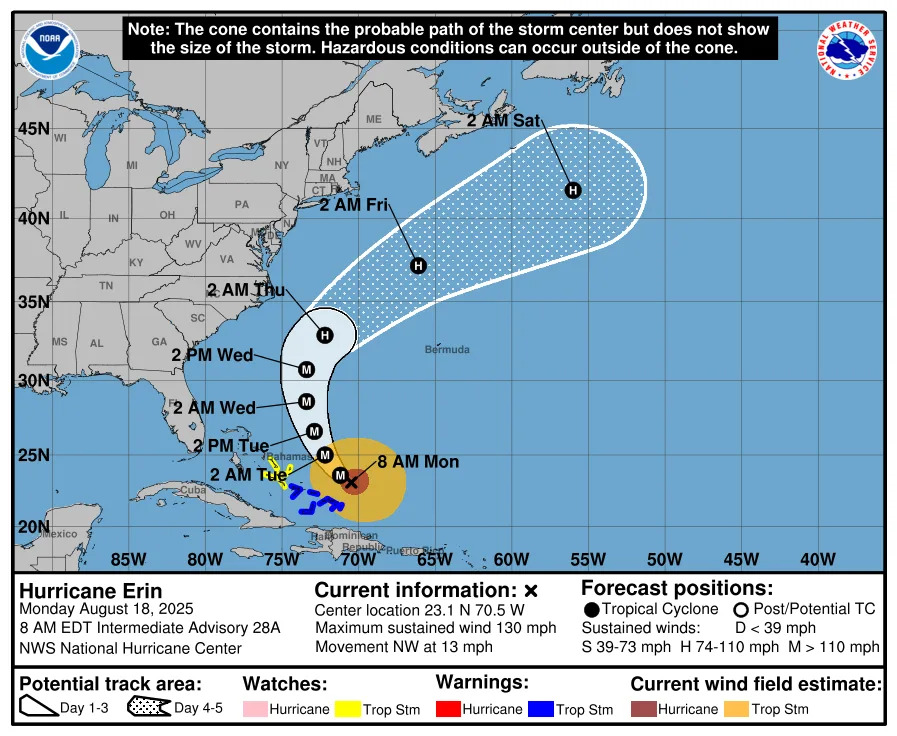
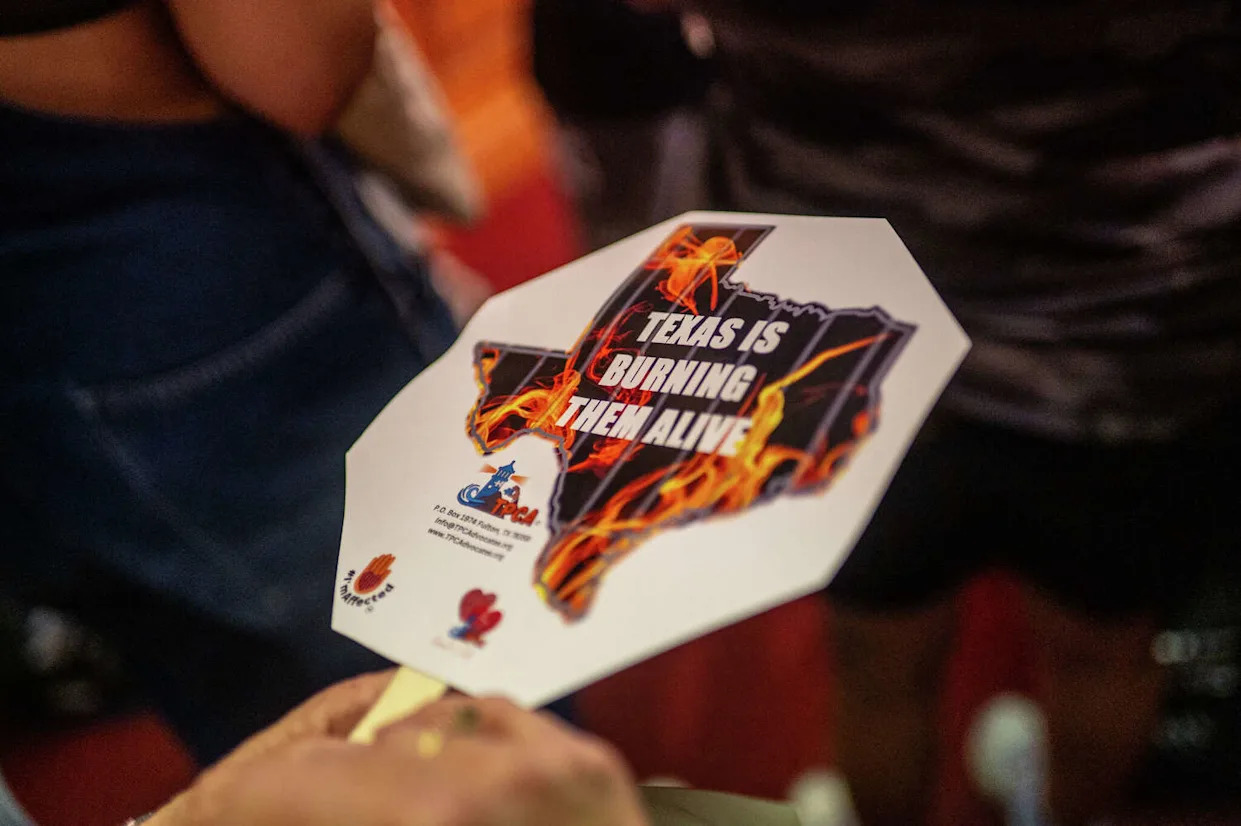


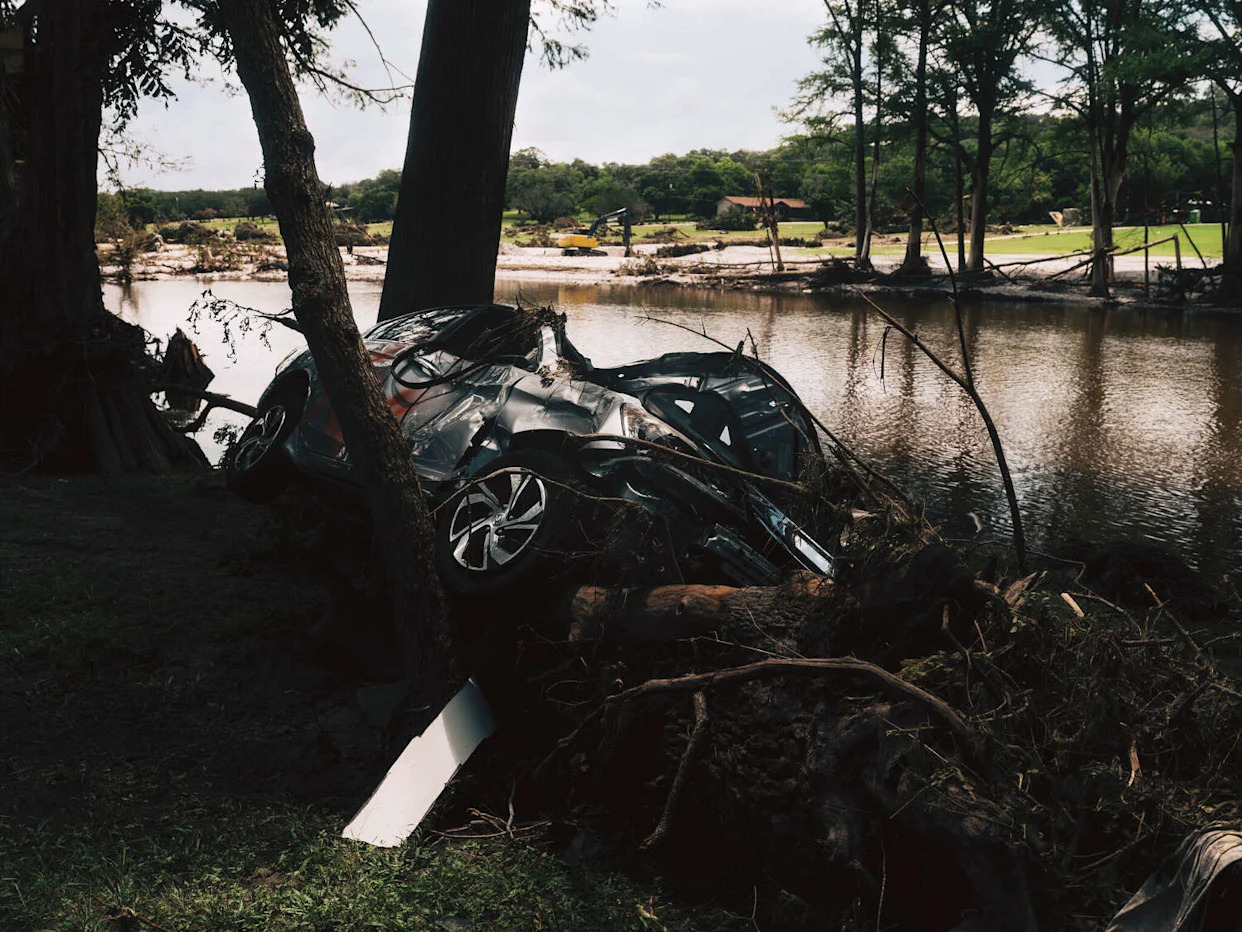
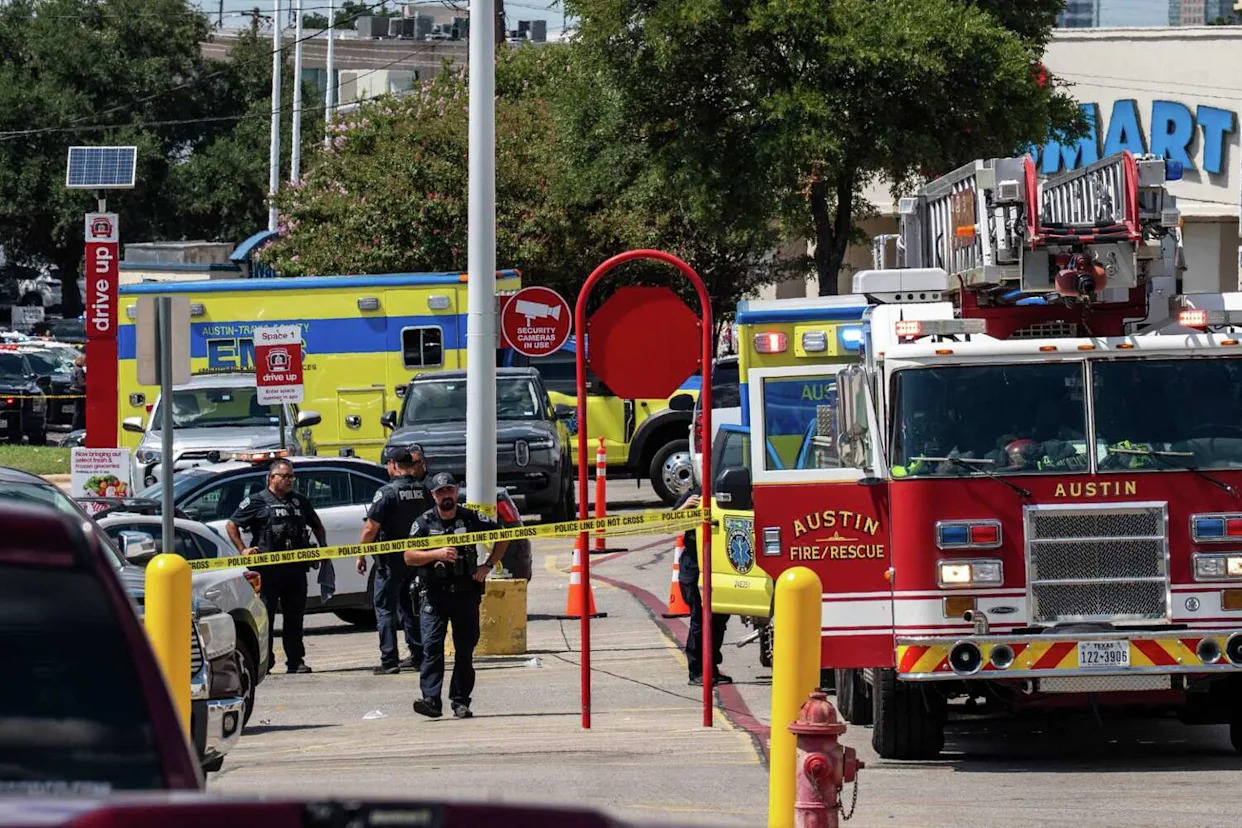
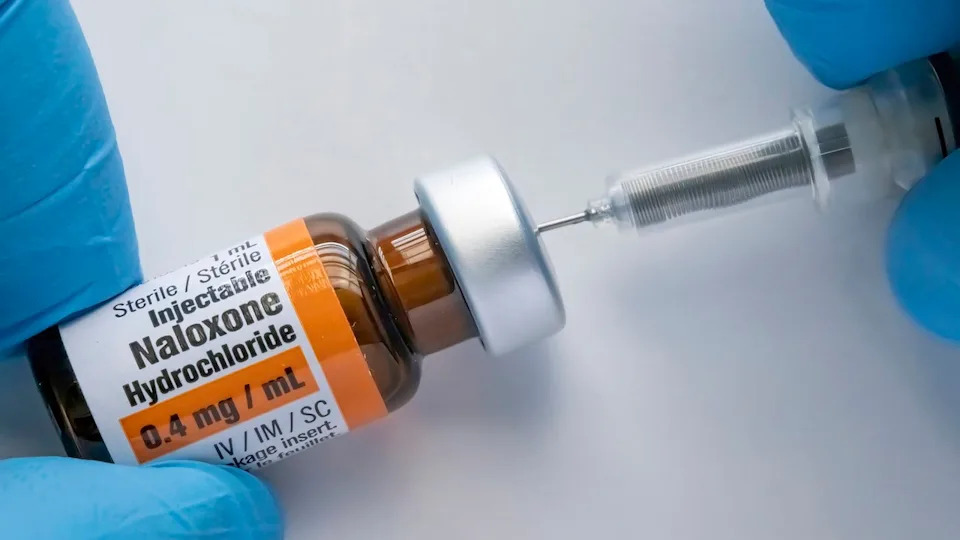
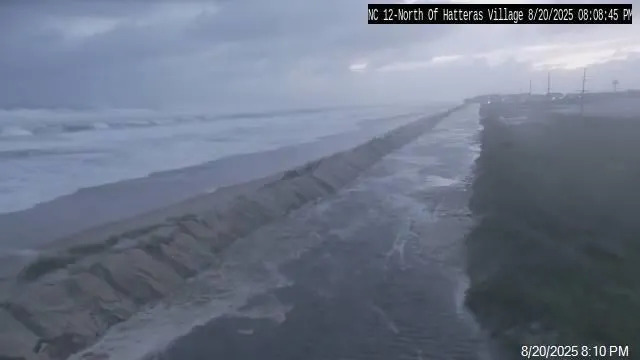
Comments